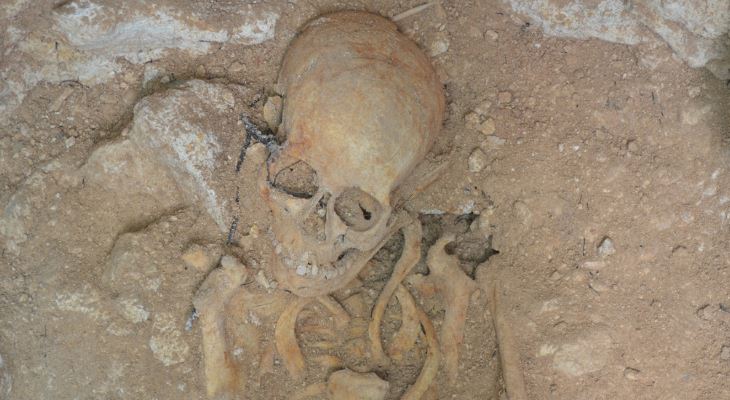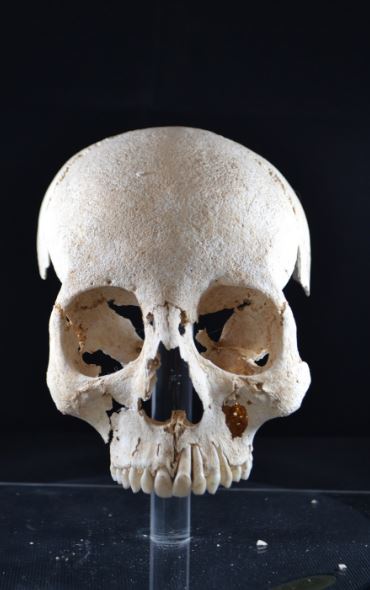What did this woman who lived in Malta 2,000 years ago look like? We may soon find out!
Facial reconstruction could give us clues to the past.
2,000 years ago, Malta was part of the Roman Empire, an island deemed an outpost of Sicily. It was a pretty comfortable time for the inhabitants: Latin was introduced, but the Romans didn't impose their will on the Maltese; cultural fashions were imported from the metropolitan centre up north and even the Roman statesman and philosopher Cicero considered moving to the rock.
The Roman villa on the outskirts of Mdina and St Paul’s Catacombs in Rabat are testaments to an era in which the mighty hand of the empire descended on this corner of the Mediterranean. And we might soon be finding out even more about the Maltese back then, as a result of facial reconstruction being conducted on a woman who was buried in the Rabat catacombs during the 1st century A.D.

Heritage Malta
The project, which is being coordinated by Heritage Malta, will be conducted by osteoarchaeologist and forensic anthropologist Roberto Micciche, Adjunct of Anthropology at the University of Palermo, together with forensic anthropologist Daniele Di Lorenzo.

Heritage Malta
It will see the woman’s skull, discovered in tomb 15 beneath St Paul’s Catacombs’ new visitor centre during recent archaeological excavations, made complete and form part of the site’s permanent display. For the first time in 2,000 years, this young adult, who was between 18-27 years old when she died of unknown causes, will face the world.
But, will it also tell us more about the life and times of those who lived during the Romans’ stay in Malta, which lasted until the Arab conquest in 870A.D.? While archaeological work on the island is still ongoing to discover the stories behind Malta’s relationship with one of the world’s strongest empires, some details have been discovered about this woman. She seemed to have lived a healthy life – despite what we would today consider her early death – but it was also found she had been suffering from a degenerative joint disease, possibly due to mechanical work.
What other stories will be revealed when we see her face for the first time? We’ll have to wait to find out.